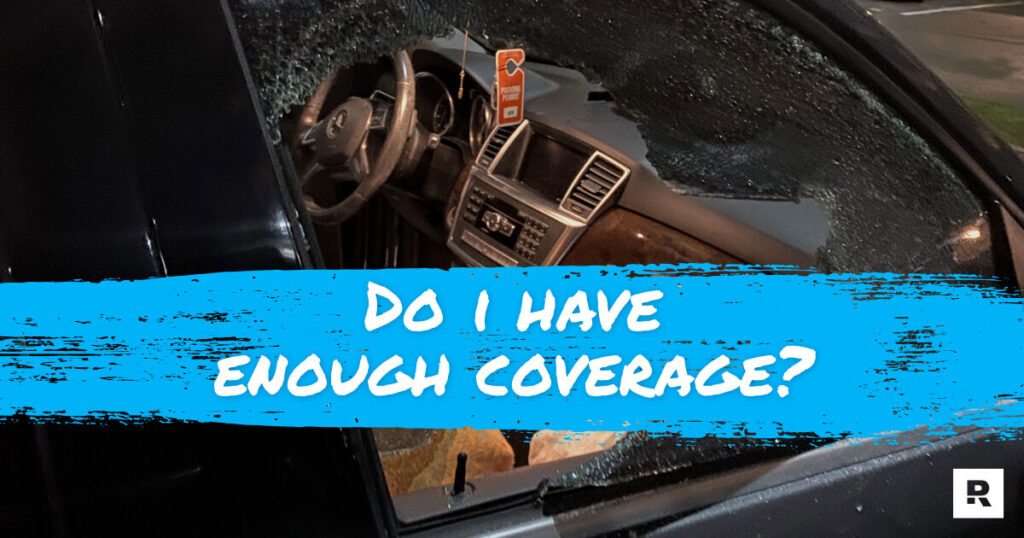Today’s Business: Take a new look at your car insurance

Connecticut law mandates that every driver purchase automobile liability insurance of at least $25,000 per person, $50,000 per accident, and $25,000 for property damage. These minimums were increased in 2017 from the previous requirement of $20,000/$40,000/$10,000, which had been the law for more than 50 years.
Liability coverage protects the driver and vehicle owner from claims of injury and loss arising from a collision. It is coverage that protects you in the event you are responsible for causing injury or loss to another while operating your vehicle. Liability coverage, however, does not protect you from loss to yourself or your vehicle. Your insurance policy will provide additional choices for coverage for personal elements of loss.
Since the elements of a legally-recognized damages claim include medical expenses, wage loss, and non-economic damages including the loss of one’s ability to enjoy life activities, permanent injury and future loss, the minimum limits usually are inadequate to fully compensate the injured party. Often, they are grossly inadequate, even when the accident and resulting injuries don’t seem dramatic.
The Connecticut Department of Insurance strongly advises consideration for purchase of higher limits. While higher limits provide a fine option, the best way to insure is with higher limits plus a separate umbrella or excess policy. Since automobile liability insurance protects you and your assets, price must not be the sole consideration in selecting insurance coverage.
Liability insurance should reflect an asset risk assessment on the part of the insured. Risk is a function of your personal assets and exposure. The more you have, the more coverage you should purchase to protect your assets. Your coverage should at least equal your personal assets such as real estate equity, savings and retirement accounts.
If you have equity in a home, savings, stock accounts or retirement savings, the minimum mandated limits are grossly inadequate. Significant real estate equity may be subject to liens and/or judgments if the limits of insurance coverage do not adequately cover a loss. As such, it generally is recommended that you should have at least $100,000 coverage per person, $300,000 per accident and $100,000 of coverage for property damage.
As for the expense, an increase in coverage from the minimum required to $100,000/$300,000/$100,000 might be purchased for an additional $500 or $600 per year in many cases.
Ideally, underlying limits of $250,000 or $500,000 of liability coverage with a separate umbrella policy of $1,000,000 or more is the best way to insure. The cost for the umbrella coverage is surprisingly reasonable and affordable and also provides additional homeowner’s coverage.
The extra coverage certainly is worth the peace of mind.
Attorney John F. Buckley Jr. is a partner at the New Haven-based firm of Buckley Wynne & Parese. He can be reached at 203-776-2278 or [email protected].
This content was originally published here.




Responses